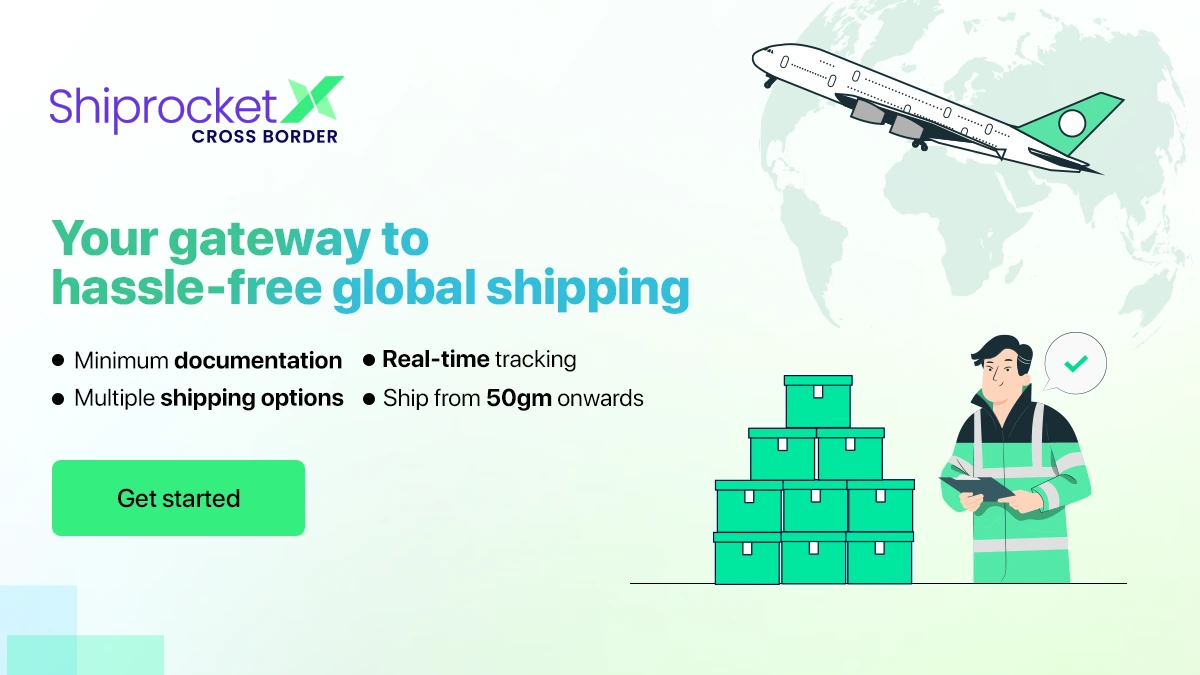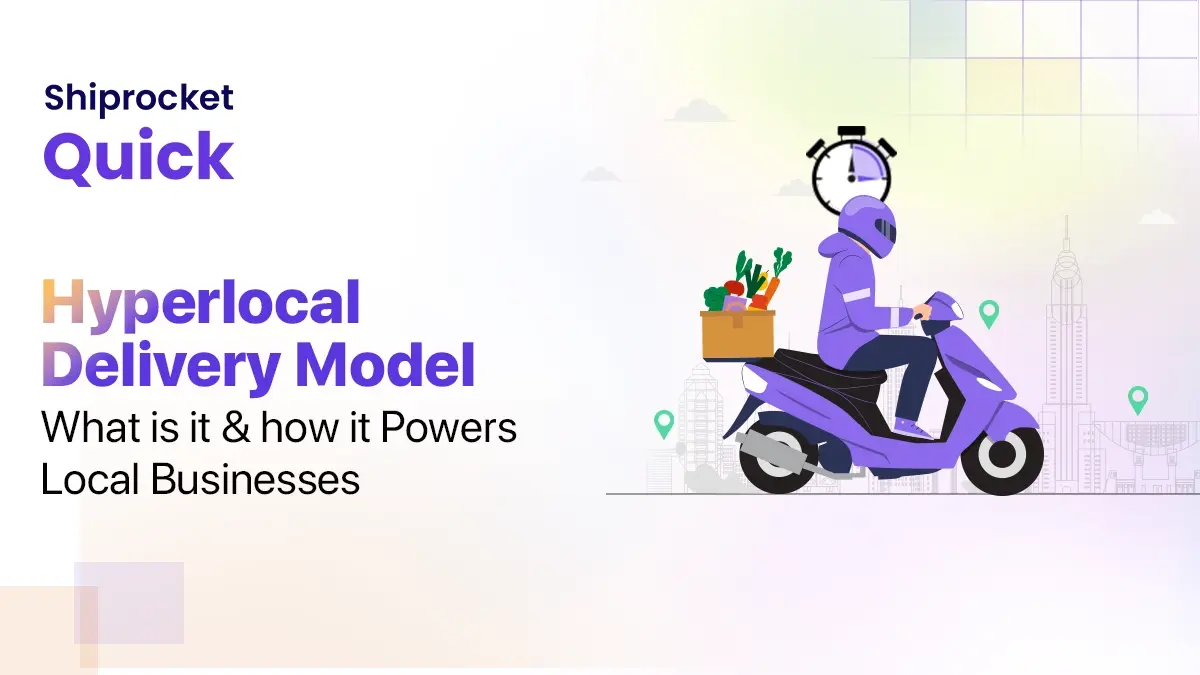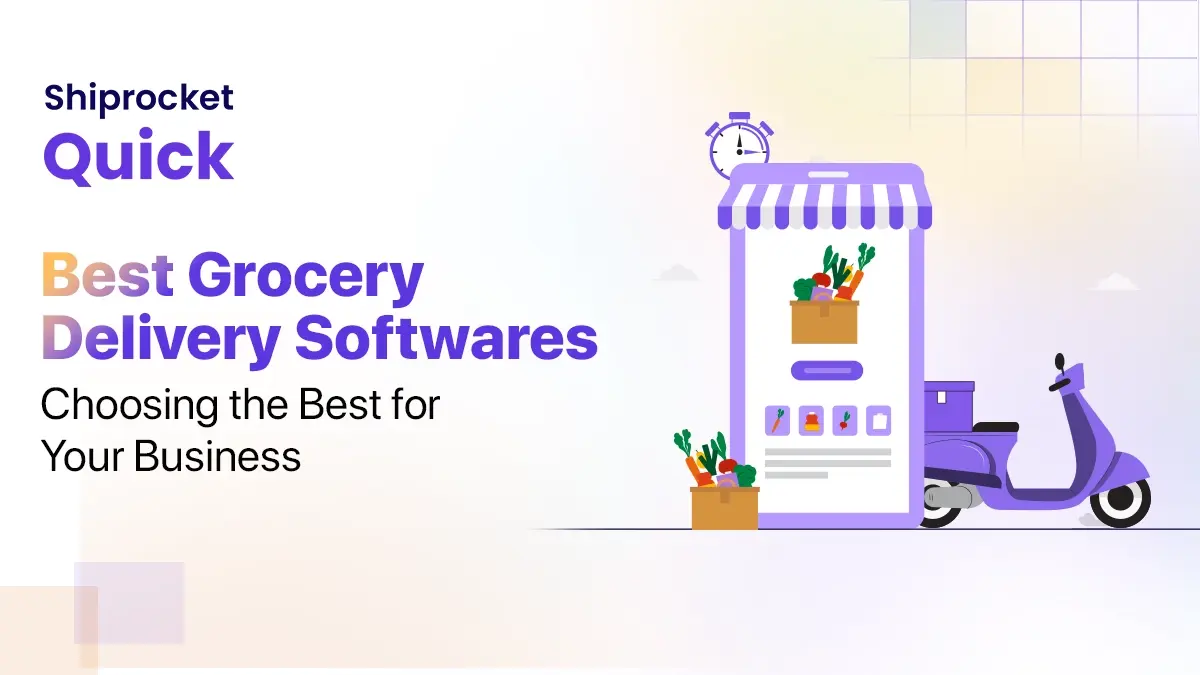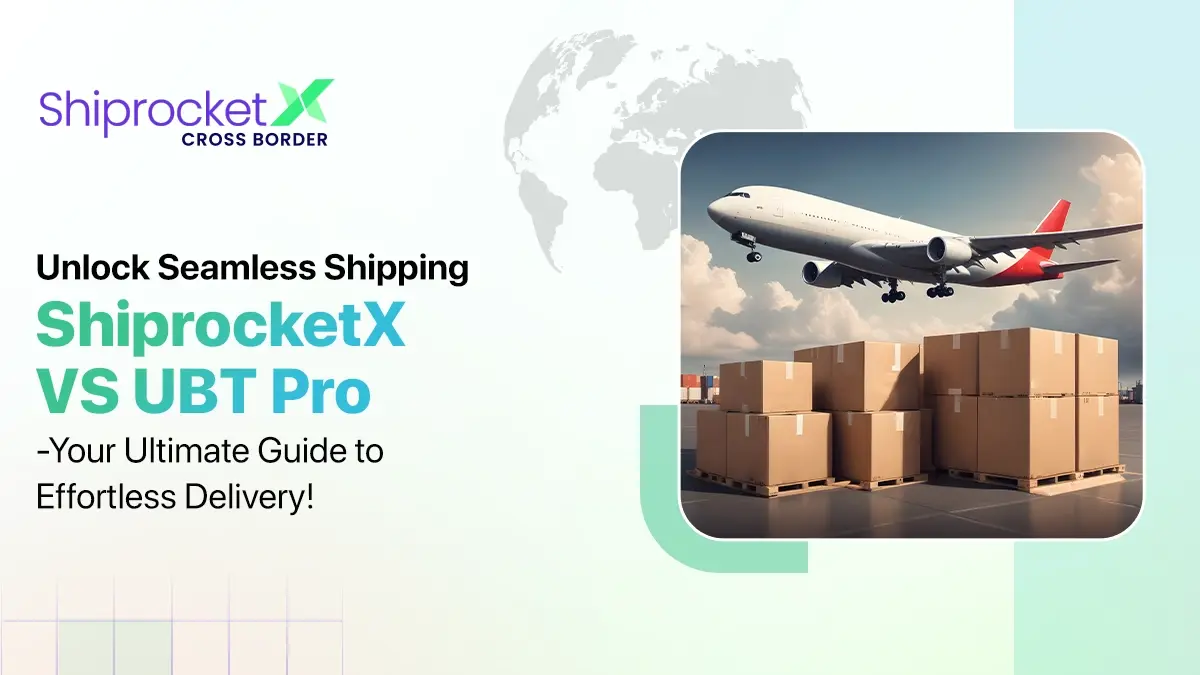Landed Cost: Simple Steps to Calculate for Global Trade
Expanding business in the overseas market has become an excellent prospective for MSMEs to establish themselves in the eCommerce industry and gain profits that result in further expansion of their business. But, as enticing as international eCommerce sounds, it has its issues when it comes to calculating overall product costs.
There are several duties and tariffs involved in shipping internationally. While not all of these are borne by the seller, they ultimately impact the product’s price. To continue doing a healthy business, you need to finally realize these additional costs to your primary profit margins accordingly. Understanding the concept of landed costs is crucial in this regard. It is fundamental to the growth of the company. Not sure what is landed cost and how it works? Don’t worry! We have shared all about it, including how to calculate landed cost of imported goods, landed price for exports, retailer landing price, and more. Read on to find out.

What Is Landed Cost?
In simple terms, the landed cost is the product’s total cost as it lands on the customer’s doorstep in international eCommerce. Different products can have different landed price depending on the nature of duties and tariffs applicable to them. Overall, the landed cost on any product is the sum of the following expenses –
- Product cost
- Transportation costs
- Customs, duties
- Tariffs
- Insurance
- Currency conversions
- Payments
- Handing charges
All these charges add up to increase the overall cost incurred on a product by the seller. For sellers involves involved in import and export, calculating the landed costs accurately is inevitable. For example, let’s say that a product’s price is $20, and you sell it for $30. However, the logistics costs involved are $15, and there are additional tariffs imposed on it. Considering the price at which you’re selling it, you are losing money.
Why is Landed Cost Important?
Shipping your products overseas can increase your business expenses substantially. Thus, calculating every cost incurred in selling your product is critical. It is vital to sustain your business. To calculate your profit margins precisely, you need to understand how the tariffs and duties increase your product’s price.
The product costs might seem opaque if you’re just blindly selling it to the customers. There are undoubtedly some hidden and apparent costs, knowing about which gives clarity to your business. Here are a few reasons why calculating retailer landing price is essential:
- It helps you decide the price you’ll be charging to the customers internationally.
- Landed price give you insight into the product’s profit margins, ultimately helping you monitor your business’s performance.
- It gives you a clearer picture of the actual product costs, which helps you decide on any product discounts or promotions.
- One of the most important reasons for calculating landed costs is accurate financial reporting. It helps you see the precise asset values and the exact profits you’re making each month.
How To Calculate Landing Costs?
Calculating landed costs is easy if you know the points to cover and follow them diligently. An incorrect estimate of landed costs can result in overcharging your customers or, in the worst-case running a business with no profits. Make sure you calculate every little cost involved with the product in a step by step manner. Here’s what you should cover –
- Product Costs
Product costs form the fundamental of your landed costs. It is the net price that you pay to your supplier for purchasing a product. Whether or not you calculate landed costs, product cost is something no business can neglect.
- Logistics Costs
Logistics cost involves the charges incurred on shipping the product from your warehouse to the customer’s doorstep. Make sure you choose your logistics partner carefully to minimize these costs. Logistics costs involve shipping and include picking, packing and warehousing costs of a product. Remember to calculate it efficiently for your product.
- Customs And Duties
Depending upon the global region you’re shipping to, customs and duties need to be calculated. Learn all about these charges before venturing the overseas market. This would help you determine whether the business in that particular region is profitable at all. Since every country has the authority to monitor the goods that cross its borders, they charge customs, VATs, collecting duties, and tariffs differently.
- Insurance Costs
Every product that you ship internationally must have insurance. This covers any risk involved in its transportation and handling. Remember to choose a logistics provider that offers insurance on your valuable products. Also known as risk costs, these also cover any kind of compliance and quality assurance costs you have for your product.
- Operational Costs
One of the final costs constituting the landing costs includes all the product’s diligence expenses. This means expenses related to staff, exchange rates, etc., are included in operational costs.
How to Calculate Landed Cost?
Once you have calculate the aforementioned all these costs individually, you can now calculate the landed costs by summing them all. Therefore, landed costs equals product costs + logistics costs + insurance costs + operational costs + customs and duties etc. The formula is as follows:
Landed Cost = Product Cost + Shipping Charges + Risk + Overhead Cost

You may use an online landed cost calculator for convenience. It helps derive the estimated landed cost.
Lower the Landed Cost with ShiprocketX
While there’s little that you can do about duties and tariffs, a lot can be done to minimize your logistics costs. Choosing ShiprocketX as your logistics partner can help bring down the landed cost. Using its services, you can ship goods to 220+ countries and territories. Not only do you get to ship via multiple courier partners on a single platform, but you also benefit from features like inventory management, order fulfillment, automated label generation, maximized reach to customers, insurance on shipments, among others. The faster you start shipping with a smart logistics partner, the more rapidly you scale your business internationally.
Conclusion
It is important for businesses to understand and calculate the landed cost accurately. The calculation involves considering the shipping cost, duties, taxes, handling fees, and manufacturing cost among other expenses. You can lower the overall cost involved in selling your products overseas and maintain healthy profit margins by understanding the landed price for exports. Seeking assistance from Shiprocket can help reduce your landed price as it offers shipping, handling, and other services at competitive rates without compromising on the quality.








